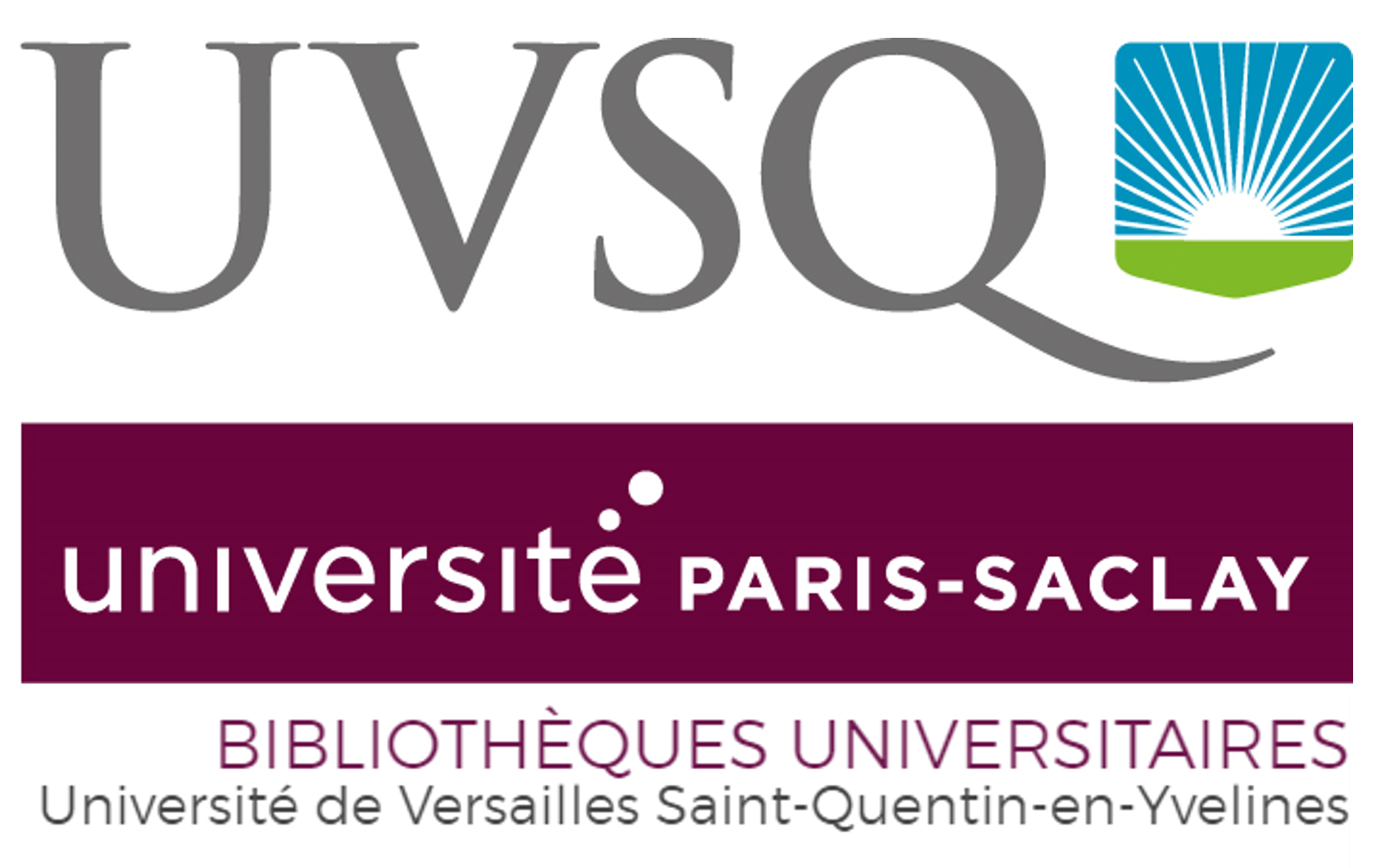Long-term follow-up results of intensity-modulated radiotherapy with helicoïdal tomotherapy for non-metastatic breast cancers: Single centre experience
Résultats à long terme de la tomothérapie hélicoïdale chez des patientes atteintes d’un cancer du sein non métastatique : expérience monocentrique
Résumé
Abstract
Purpose
Intensity-modulated radiotherapy with helical Tomotherapy is a novel radiation therapy technique, which may be beneficial in several features compared to traditional methods. Our aim was to evaluate the local control, overall survival, progression free survival and adverse events in breast cancer patients treated with this new technique.
Material and methods
This is retrospective analysis of patients irradiated with intensity-modulated radiotherapy with helical Tomotherapy. Overall survival and progression free survival curves were plotted with Kaplan-Meier method. We also analysed the overall survival and progression-free survival data by molecular subgroups. Long-term toxicity including skin, cardiac and pulmonary complications were also evaluated. Multivariant logistic regression analysis was performed to determine the predictors of the side effects.
Results
Between 2009–2015, 179 consecutive patients with 194 treated breasts were irradiated with intensity-modulated radiotherapy with helical Tomotherapy. The median follow-up were 65 months. The overall survival rate was 89.2% (95% confidence interval [95CI]: 83.5–95.4%), while disease-free survival rate was 85.4% (95CI: 80.2–91%). The Human epidermal growth factor receptor 2-positive patients had the best 5-year overall survival data of 95% (95CI: 85.9–100%). Long-term skin toxicity was the most common, seen in a total of 20.7% of the patients.
Conclusion
Intensity-modulated radiotherapy with helical Tomotherapy could be safely used for adjuvant breast cancer irradiation in patients with complex anatomy and provides favourable long-term prognosis with acceptable late toxicity.
Résumé
Objectif de l’étude La tomothérapie hélicoïdale est une nouvelle technique de radiothérapie avec modulation d’intensité qui peut être bénéfique par rapport aux méthodes traditionnelles. Notre objectif était d’évaluer le contrôle local, la survie globale, la survie sans progression et les événements indésirables chez les patientes atteintes d’un cancer du sein prises en charge par tomothérapie hélicoïdale.
Matériel et méthodes
Il s’agit d’une analyse rétrospective de patientes prises en charge par tomothérapie hélicoïdale. Les courbes de survie globale et de survie sans maladie ont été tracées avec la méthode de Kaplan-Meier. Nous avons également analysé les données de survie globale et de survie sans maladie par sous-groupes moléculaires. La toxicité à long terme, y compris les complications cutanées, cardiaques et pulmonaires, a également été évaluée. Une analyse de régression logistique multifactorielle a été réalisée pour déterminer les prédicteurs des effets secondaires.
Résultats
Entre 2009–2015, 179 patientes consecutives atteintes de 194 cancers du sein ont été prises en charge par tomothérapie hélicoïdale. Le suivi médian était de 65 mois. La probabilité de survie globale était de 89,2 % (intervalle de confiance à 95 % [IC95] : 83,5–95,4 %), celle de survie sans maladie de 85,4 % (IC95 : 80,2–91 %). Les patientes atteintes de cancer Her2 avaient les meilleures données de survie globale à 5 ans de 95 % (IC95 : 85,9–100 %). La toxicité cutanée à long terme était la plus fréquente, observée chez 20,7 % des patientes.
Conclusion
La tomothérapie hélicoïdale pourrait être utilisée en toute sécurité pour l’irradiation adjuvante du cancer du sein chez les patientes ayant une anatomie complexe et offre un pronostic favorable à long terme avec une toxicité tardive acceptable.

